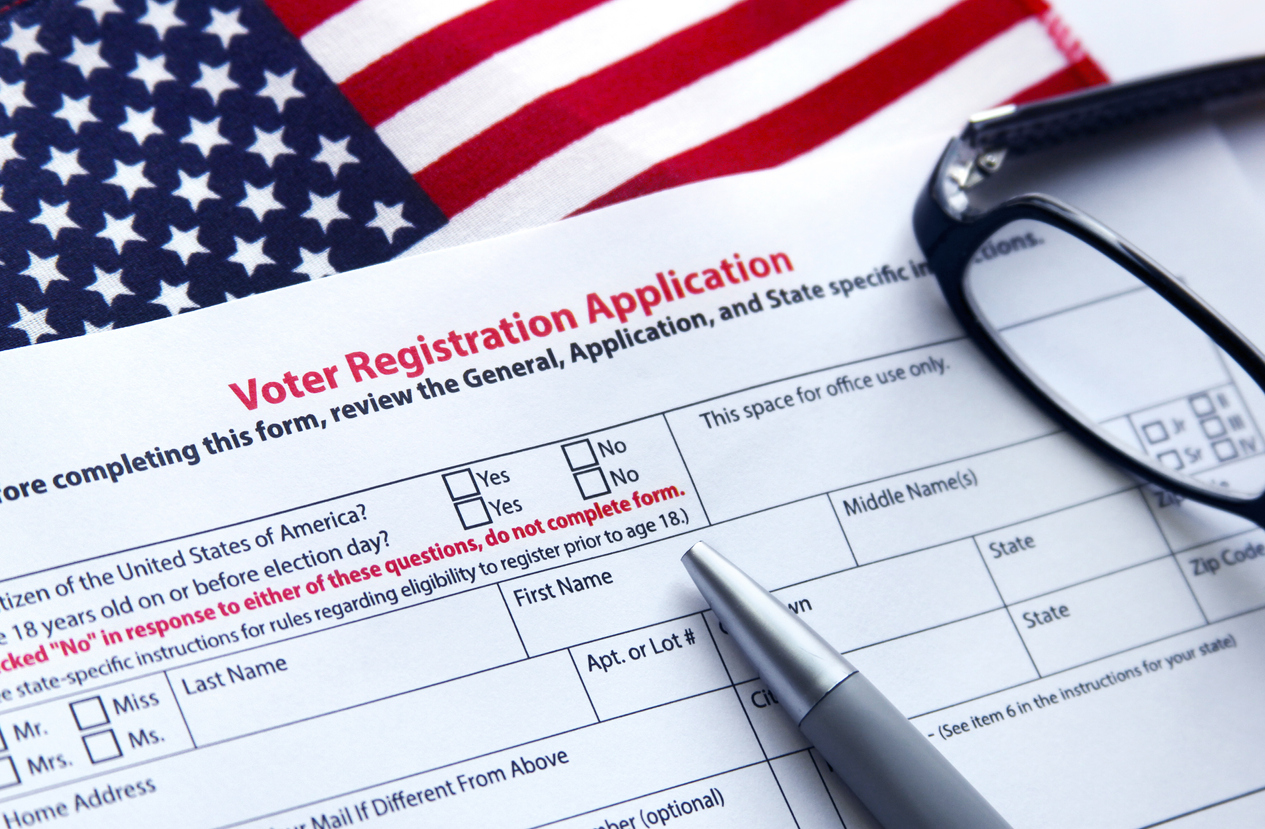In our latest series, we will take you around the country, region by region, to survey the post-election landscape at the state level.
With gridlock coming to Washington, decision-makers will be looking to the states for solutions to their business and public policy challenges.
In today’s first edition, we take a look at New England.
Connecticut
Governor: Democratic Hold- Ned Lamont (D)
US Congressional Delegation: No Change – 5 D – 0 R
State Lower Chamber: +7 Democrat, 87 D – 57 R with 7 races still too close to call
State Upper Chamber: + 4 Democrat, 22 D – 12 R with 4 races still too close to call

Overview
With incumbent Democratic governor Dan Malloy ranking among the least popular governors in the nation, he opted to not seek a third term. Businessman, and former statewide candidate, Ned Lamont secured his party’s nomination, and defeated Republican Bob Stefanowski and Independent Oz Griebel.
Despite being a reliably blue state, Connecticut’s state legislature was fairly evenly divided heading into the 2018 election cycle, with an actual tie in the State Senate, and a slim Democratic State House majority.
The 2018 elections put both chambers firmly in Democratic control, with many of the remaining races to be called favoring the Democrats.
Maine
Governor: Democratic Flip – Janet Mills (D)
US Congressional Delegation: +1 Democratic – 2 D – 0 R
State Lower Chamber: +14 Democrat, 87 D – 55 R with 5 races still too close to call
State Upper Chamber: Democratic Flip, 19 D – 14 R with 2 races still too close to call

Overview
Prior to the 2018 elections, Democrats in Maine controlled only the State House, with Republican Governor Paul LePage serving as chief executive, and the Republicans in the State Senate holding a one-man majority.
Democrats will now head into next year with a trifecta in Maine, having elected Attorney General Janet Mills as their new Governor, expanding their majority in the State House and flipping the State Senate.
At the Congressional level, it is also worth noting that New England’s last Republican Member of Congress, Bruce Poliquin was defeated, completely boxing his Party out in the region’s congressional delegation.
Maine also used ranked choice voting for the first time this year, becoming the first state to elect a Member of Congress in such a manner. According to the Portland Press Herald,
“Voters receive a ballot on which they can rank candidates for an office by order of preference. If a candidate wins a majority of the first-choice votes, the contest is over and that person will be declared the winner. If not, the candidate with the fewest first-choice votes is eliminated, and each of his or her voters’ second choices are added to the tallies of each of the remaining candidates. If there still isn’t a majority, the candidate in last is again removed, and his or her supporters’ next-highest ranked choices are added to the vote tallies of the survivors. The process continues until someone has a majority or all ballots are exhausted.”
Massachusetts
Governor: Republican Hold – Charles Baker (R)
US Congressional Delegation: No Change – 9 D – 0 R
State Lower Chamber: +2 Democrat, 127 D – 32 R – 1 I
State Upper Chamber: No Change – 34 D – 6 R

Overview
One of the most popular governors in the nation, incumbent Republican Charlie Baker cruised to victory on Election Night, winning nearly 67% of the vote against Democrat Jay Gonzalez. Baker’s 1.7 million votes statewide even outpaced Sen. Elizabeth Warren’s 1.6 million in her successful re-election campaign.
Democrats maintained their solid hold over the commonwealth’s delegation to the United States House, while expanding their majority in the Massachusetts House.
The veto-proof majority Democrats have enjoyed in the Massachusetts Senate also remained unchanged, setting the state for four more years of divided government in the heart of New England.
New Hampshire
Governor: Republican Hold – Chris Sununu (R)
US Congressional Delegation: No Change – 2 D – 0 R
State Lower Chamber: Democratic Flip – 231 D -159 R with 10 races still too close to call
State Upper Chamber: Democratic Flip – 13 D – 10 R with 1 race still too close to call

Overview
By a narrow margin, incumbent Republican Governor Chris Sununu held on against Democratic challenger Molly Kelly. That is where the good news ended for Republicans in New Hampshire on Election Night 2018.
Having just earned a trifecta in state government following Sununu’s election in 2016, Republicans saw their majorities in the State House and Senate completely erased. Their slim majority in the Senate flipped from 14 – 10 favoring Republicans to at least 13-10 in Democratic hands.
In the State House, Democrats were able to turn their 167-seat minority into a 231-seat majority.
Rhode Island
Governor: Democratic Hold – Gina Raimondo (D)
US Congressional Delegation: No Change – 2 D – 0 R
State Lower Chamber: +2 Democratic, 66 D – 8 R
State Upper Chamber: No Change, 33 D – 4 R

Overview
One of 8 states with a Democratic trifecta headed into Election Night, Rhode Island expanded on the super-majorities in both the State House and Senate, and re-elected incumbent Democratic Governor Gina Raimondo.
Serving as the Vice Chair of the Democratic Governors Association for the 2018 cycle, Raimondo’s re-election was never truly in doubt by political observers.
Noteworthy in her re-election is that she received nearly 53% of the vote, making her the first candidate for Governor of Rhode Island to receive a true majority of votes since 2006.
Vermont
Governor: Republican Hold – Phil Scott (R)
US Congressional Delegation: No Change – 1 D – 0 R
State Lower Chamber: +11 Democratic, 91 D – 41 R – 12 O
State Upper Chamber: No Change, 21 D – 4 R – 2 O, with three races still too close to call

Overview
What many people may not know is that under the Vermont Constitution, if no candidate for Governor receives more than 50% of the vote, the State Legislature chooses a Governor from among the top three finishers. This has happened as recently as 2014, when incumbent Governor Peter Shumlin was selected for another term.
Fortunately for incumbent Republican Governor Phil Scott, he earned 52% of the vote on Election Night and was re-elected to lead a state under divided government. Democrats were able to expand their majorities in both the State House and State Senate.
Latest News
Photo credit: iStock.com/yevtony Last week, the National Governors Association (NGA) elected Utah Governor Spencer Cox (R) as its new Chair and Colorado Governor Jared Polis (D) as NGA Vice Chair. Cox succeeds New Jersey Governor [...]
Photo credit: iStock.com/Torsten Asmus Texas voters have already submitted their ballots for the 2022 primary election. More states have their primary elections on the horizon. With the 2022 primary election season nearly upon us, many [...]
Photo credit: iStock.com/triocean DMGS has previously reviewed state government public health measures, as they have imposed and rescinded masking requirements. Now, over two years into the pandemic and after various COVID-related emergency declarations being implemented, [...]
Photo credit: iStock.com/outline205. Automatic voter registration allows eligible individuals to become automatically registered to vote when they interact with certain agencies in the government, such as a state agency overseeing motor vehicles. While most people [...]






Stay In Touch